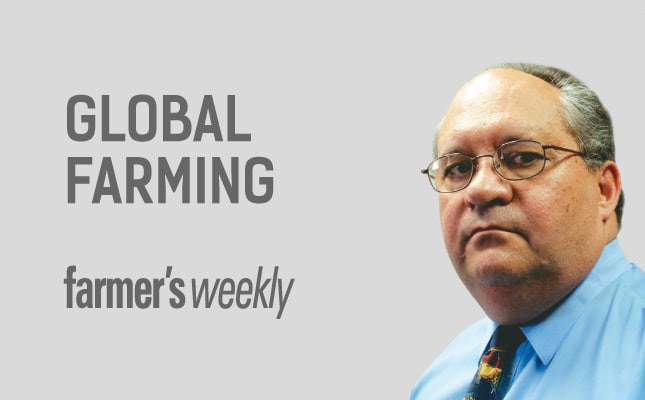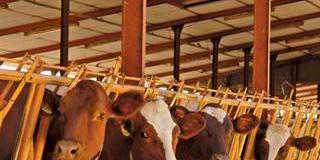
Consumer food prices increased by 9,2% between June 2013 and June 2014. Vegetable prices increased by 12,3%, meat by 10,5%, milk, cheese and eggs by 10,1%, and bread and cereals by 10,6%. All of these are higher than the average change in the consumer price index (CPI) of 6,6%.
Food and beverage prices make up 15% of the CPI basket. The 9,2% increase in food prices contributed 1,3 percentage points to the 6,6% inflation, a figure only exceeded by housing and transport prices. Clearly, high food inflation is a major reason why the Reserve Bank’s 3% to 6% target range has been exceeded.
Who’s to blame? When consumers hear about high food inflation they immediately think that farmers are making huge profits. However, in most cases, retail prices are not really dependent on producer prices. For instance, the price of white maize on Safex dropped from R3 730/t in March 2014 to R1 850/t in August 2014, a decrease of 50%.
Yet over the same period, the retail price of maize meal decreased by only 0,16%. The accompanying graph shows the movement of the three food price indices (farm, factory and retail) tracked by Stats SA. It is clear that lower farm prices do not result in lower retail prices. The graph also shows the high price volatility that farmers have to cope with. It will be interesting to see if the sharp decrease in farm prices this year has any real effect on retail prices.
Government’s role
Food security implies both the availability and affordability of food. While South Africa’s farmers provide enough high- quality food to the local population, affordability remains a problem, especially for people in the lowest income groups. Government grants help provide the poor with the means to buy food – according to several studies, the bulk of the grant money is indeed spent on basic food.
Furthermore, it seems as if government is switching over to a debit card-based system for its grants. This will make it easier to ensure that only food can be bought with food aid grants.
But the fact remains that farmers cannot take responsibility for the gap between retail prices and consumer income. It is government’s duty to enable the lowest income groups to meet the minimum nutritional target of 2 100 calories/day.
Lack of support from government
The department of agriculture currently spends a great deal of energy on developing small-scale and emerging agriculture. Commercial farmers are largely left to fend for themselves. To date they have managed to do so. However, cracks are beginning to show in government’s service delivery to farmers. These will have to be addressed to enable farmers to keep on producing enough food. Ridiculous statements about land reform do not contribute to farmer confidence and will result in lower production in future.
What farmers can do
If one compares farm profits with profits in the manufacturing and retail sectors, it is clear that larger profits are made outside the farm gate. The only way farmers can gain a share of this money is to move up the supply chain. Direct sale to consumers via farmer and food markets is one option, but the volume is limited.
The co-operative movement started when producers realised they would have to combine their production if they wanted to influence prices. But in South Africa all the major co-ops eventually changed into public and, in some cases, listed companies, and most farmers duly sold their shares. While this provided a welcome capital injection, farmers lost control over their products and a share in the profits.
Having said this, there are still farmer-controlled co-ops focused on gaining the maximum benefit for the farmers. In most cases, these are single-purpose co-ops with a limited membership.
Dr Koos Coetzee is an agricultural economist at the MPO.




